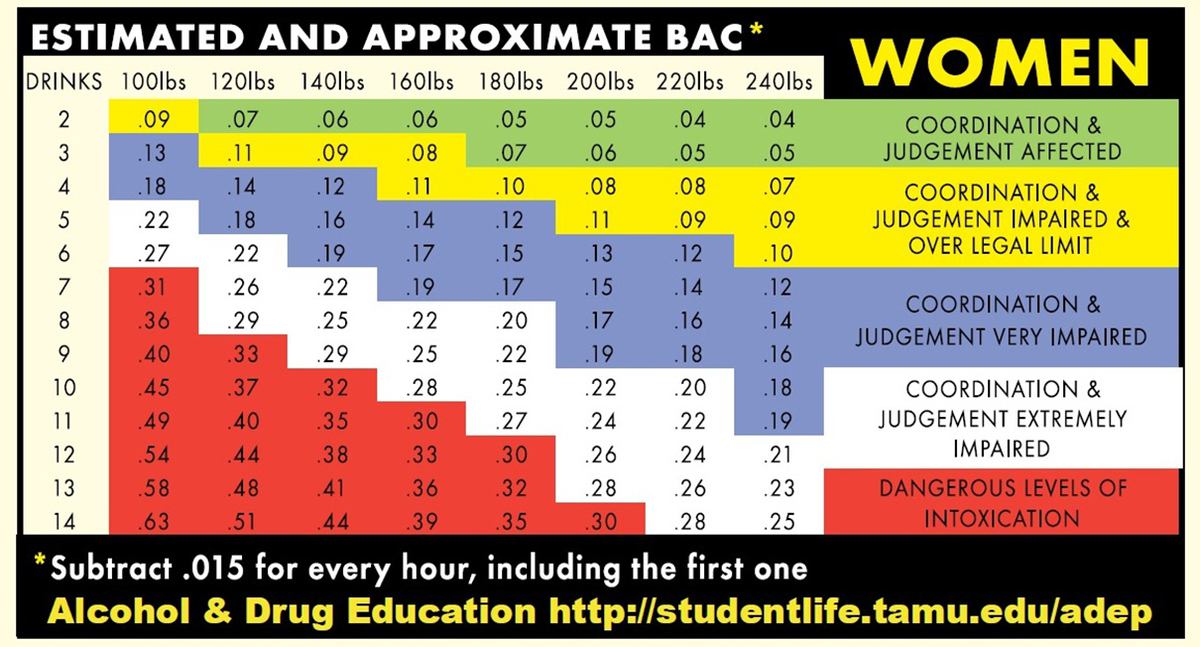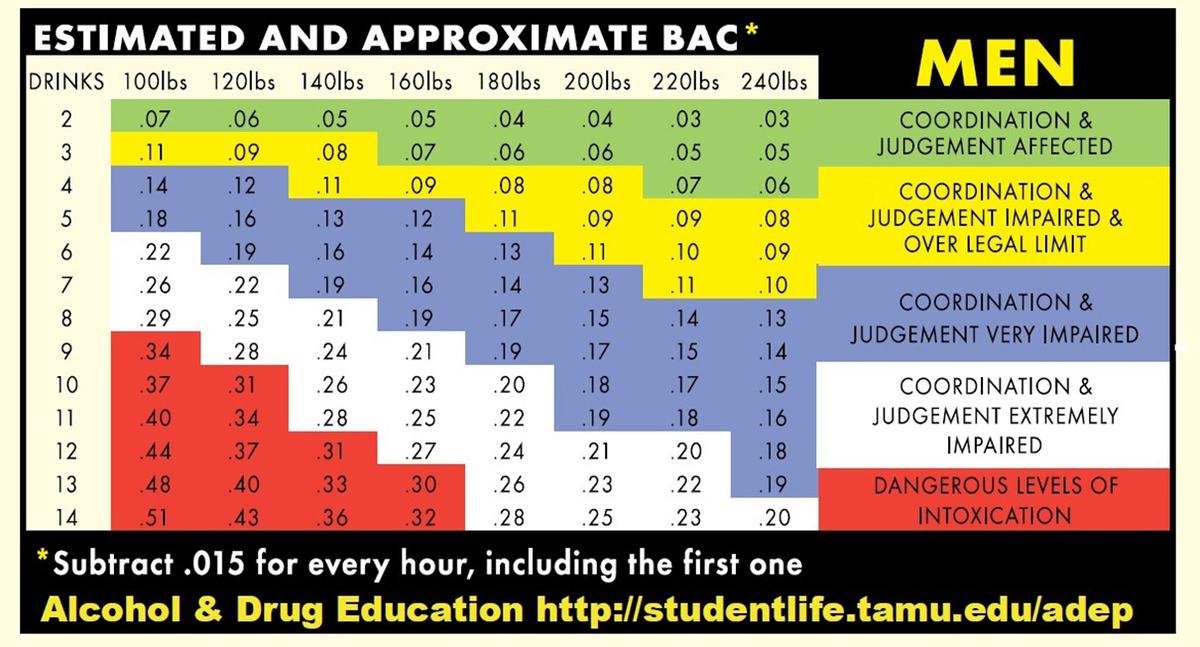According to the United Nations Road Safety Collaboration, drunk driving is a major cause of road crashes worldwide. Data show that in low- to middle-income countries, up to 69 percent of fatally injured drivers have excess alcohol in their blood, above the legal limit.
Alcohol poses a danger since you may not be conscious of the effects, but even a small amount can affect your vision as well as judgment of speed and distance, make your movements sluggish, and slow down your reaction time.
In the Philippines, RA 10586 or the anti-drunk and drugged driving law became effective last June 2014. It allows law enforcers to imprison and fine drunk or drugged drivers.
How do law enforcers determine if you’re driving under the influence?
To guard against abuse, law enforcers can apprehend you only if there is reasonable ground to believe that you driving under the influence—for example, if you commit a traffic offense. There are three field sobriety tests you will be asked to perform:
• An eye test, where you must follow an object that the officer moves a foot from your face
• A walk-and-turn test, where you must walk nine steps forward and back
• The one leg stand, where you must stand on one leg, raise the other at least 6-inches from the ground, and hold the position for 1-minute
If you fail any of the three tests, you will be subjected to an alcohol breathalyzer test to determine your blood alcohol level. For most motorists, the allowable blood alcohol level is 0.05 percent; for drivers of public utility vehicles, trucks, buses, and motorcycles, the allowable level is 0.
How is blood alcohol level determined?
The effect of alcohol varies for each individual, and depends on a number of variables, such as:
• Gender – men process alcohol faster
• Age – younger people process alcohol more slowly
• Weight
• Physical condition
• Food consumption – foods with fats and/or proteins slow alcohol absorption
• Other medications – some cold medicines can interact with alcohol.
• How much sleep you had
• The actual alcohol content of your chosen drink
As a general guideline, here are some Blood Alcohol Concentration (BAC) charts for reference:


Also published in GADGETS MAGAZINE February 2015 Issue.
